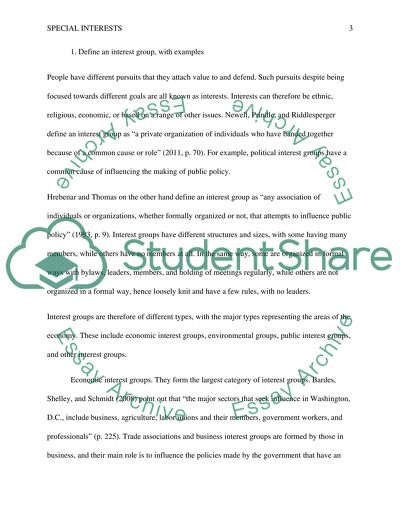Cite this document
(“Special Interests Essay Example | Topics and Well Written Essays - 1750 words - 6”, n.d.)
Retrieved from https://studentshare.org/history/1476539-special-interests
Retrieved from https://studentshare.org/history/1476539-special-interests
(Special Interests Essay Example | Topics and Well Written Essays - 1750 Words - 6)
https://studentshare.org/history/1476539-special-interests.
https://studentshare.org/history/1476539-special-interests.
“Special Interests Essay Example | Topics and Well Written Essays - 1750 Words - 6”, n.d. https://studentshare.org/history/1476539-special-interests.


